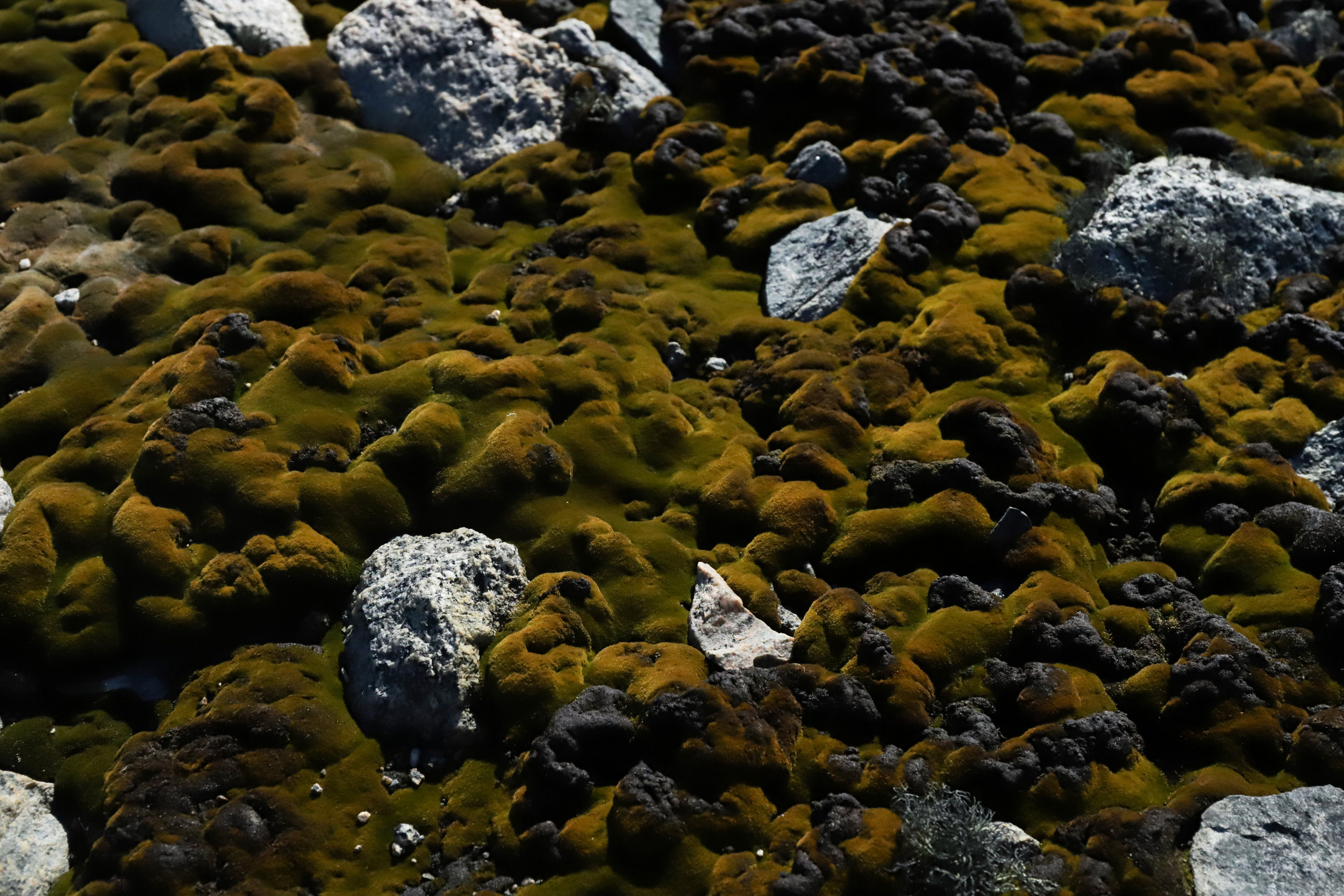Located approximately 1 hour via Hägglund from Casey Station sits Robinson Ridge, our first sampling site.
Direct from the field hut logbook ~ a la Dan Wilkins:
SAT 16/02/19
Ferrari project arrives to resample the long anticipated soil biodiversity transect. Whoever thought that 300m could seem so long? Perfect conditions for sampling. Warm day, 0/8 cloud, winds less than 5 knots. Team cracked on to 10:30pm sampling, then returned to hut for wine and cheese dinner.
SUN 17/02/19
Ferrari project had brilliant conditions yet again, transect sampling complete by 6:50pm. Retired to hut for wine and veg tajine, then walked down to water. No whales. No seals. Lovely though. First timers most impressed.
MON 18/02/19
Ferrari project unable to depart until 2nd Häg arrives from station so that we can comply with new SOP’s —> NO NAUGHTY EXPEDITIONERS ARE ALLOWED IN THE REAR OF THE HÄG. Anticipated departure close to lunch.
View of Robinson Ridge from the hut.
Beautiful moss beds.
Robinson hut, quite roomy.
Black encrusting lichen on the rocks.













